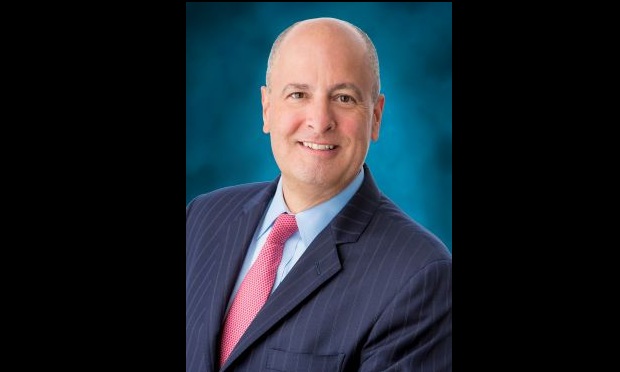The property insurance take-up rate for terrorism insurance continues to rise as 61 percent of companies surveyed by insurance broker Marsh purchased the coverage.
In its 2010 market report, Marsh said the number of purchasers has continued to rise since 2003, when only 27 percent of those surveyed purchased property terrorism coverage. In 2008, the number had dropped from a high of 59 percent to 57 percent.
In 2009, companies in the utility, real estate, healthcare, transportation, financial institution and media industries led the way in purchasing property terrorism insurance, with more than 70 percent take-up.
Manufacturing, food and beverage and energy were on the low end at less than 50 percent. Energy had the lowest take-up rate at 40 percent.
The median premium rate for terrorism insurance was down from $37 per million of total insured value in 2008 to $25 per million in 2009.
Construction, hospitality, utility and real estate suffered the highest median premiums rates last year at $50 per million of total insured valued.
In terms of pricing as a percentage of overall property premiums, financial institutions and transportation paid the largest share at 24 percent and 17 percent respectively, the report said.
On the other hand, hospitality firms witnessed the largest decrease from 13 percent in 2008 to 4 percent last year.
Capacity in the standalone terrorism market is estimated to be at $3.76 billion, offering coverage for both TRIA-certified (Terrorism Risk Insurance Act) and noncertified risks.
Insurers remain cautious about accumulating too much terrorism risk, Marsh noted. They continue to avoid gathering too much exposure in "high-profile urban" areas, and are concerned with "the residual risk of terror events."
Reinsurers offer terrorism risk on a stand-alone basis and an estimated $700 million of per-occurrence is available, the report said.
Marsh said captives are viable vehicles for companies to cover terrorism exposures, especially as a way to control the cost of the program.
In its report, Marsh said the industry still needs a number of years in the future to develop the surplus needed to cover another Sept. 11 event, and a public and private sector program will be needed long-term, otherwise, without that partnership, an economic downturn is a real possibility.
Want to continue reading?
Become a Free PropertyCasualty360 Digital Reader
Your access to unlimited PropertyCasualty360 content isn’t changing.
Once you are an ALM digital member, you’ll receive:
- Breaking insurance news and analysis, on-site and via our newsletters and custom alerts
- Weekly Insurance Speak podcast featuring exclusive interviews with industry leaders
- Educational webcasts, white papers, and ebooks from industry thought leaders
- Critical converage of the employee benefits and financial advisory markets on our other ALM sites, BenefitsPRO and ThinkAdvisor
Already have an account? Sign In Now
© 2025 ALM Global, LLC, All Rights Reserved. Request academic re-use from www.copyright.com. All other uses, submit a request to [email protected]. For more information visit Asset & Logo Licensing.








